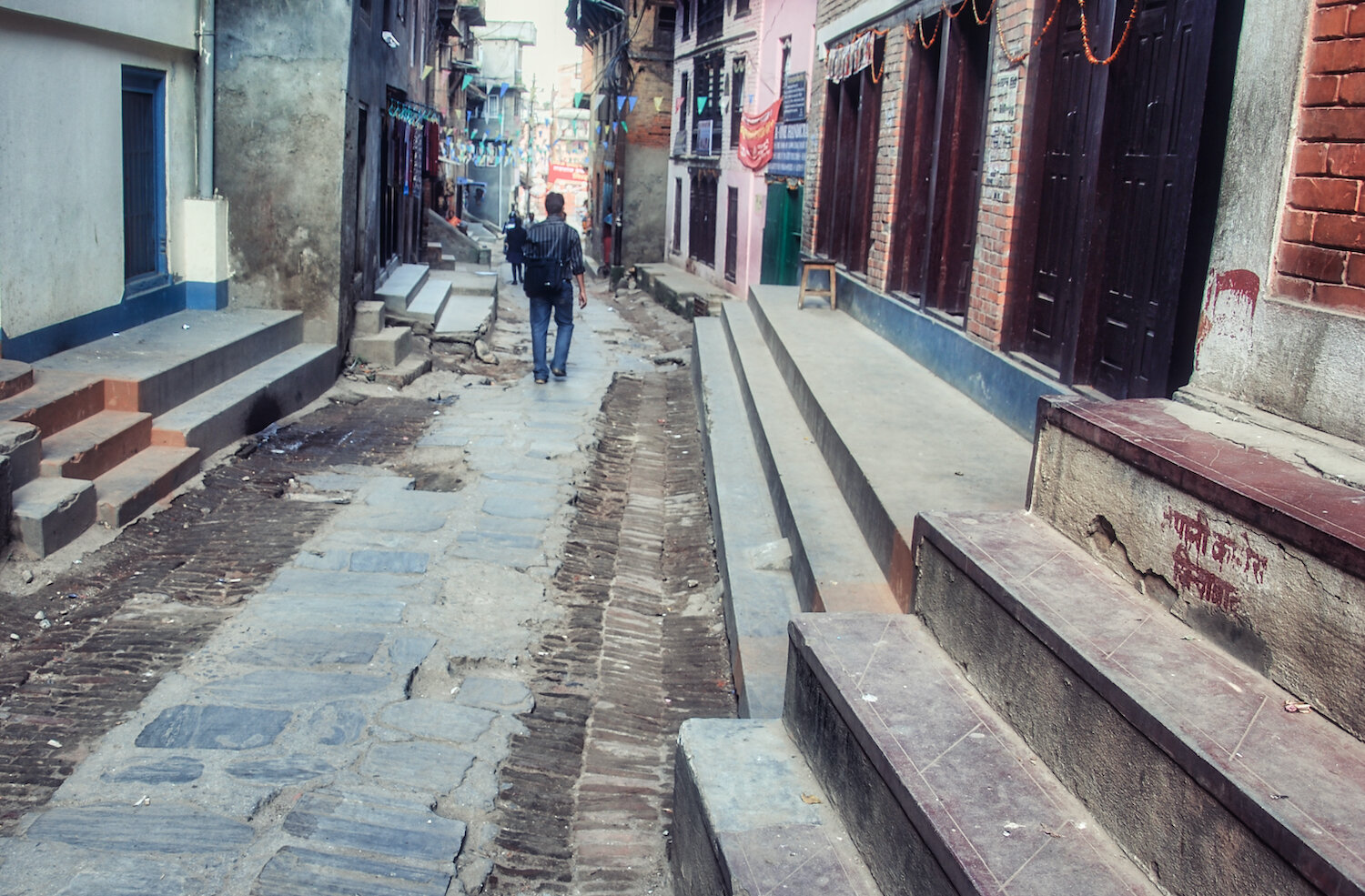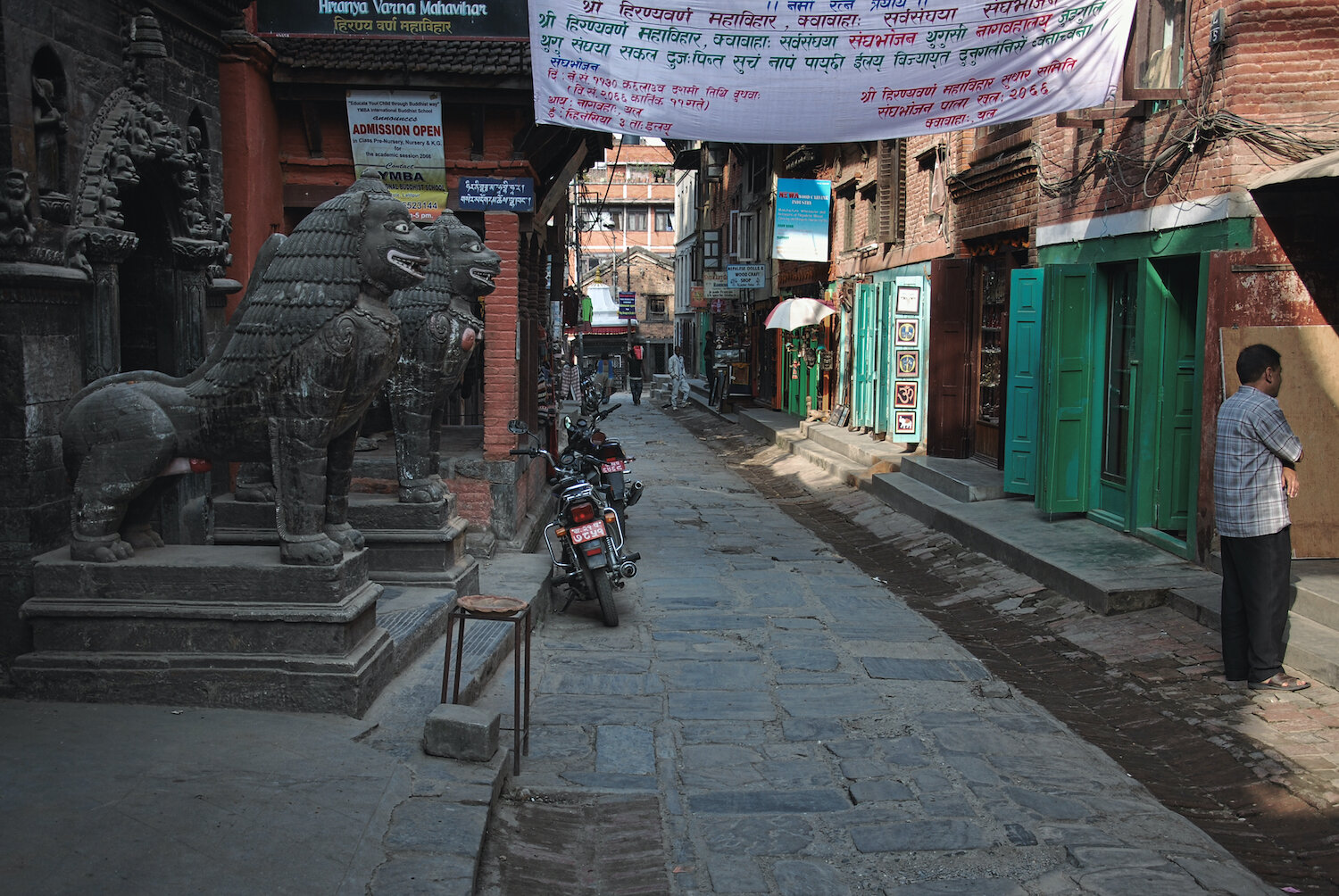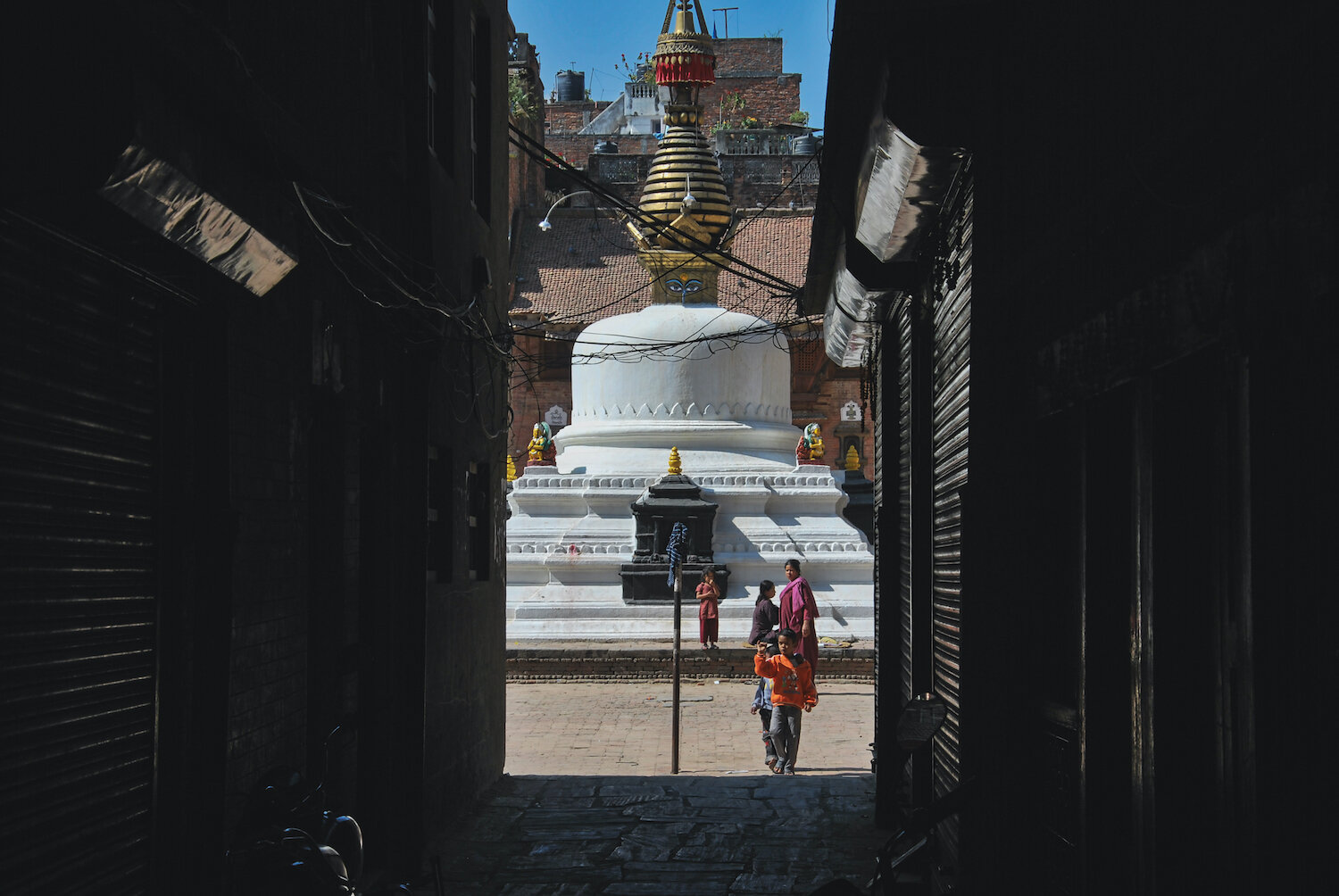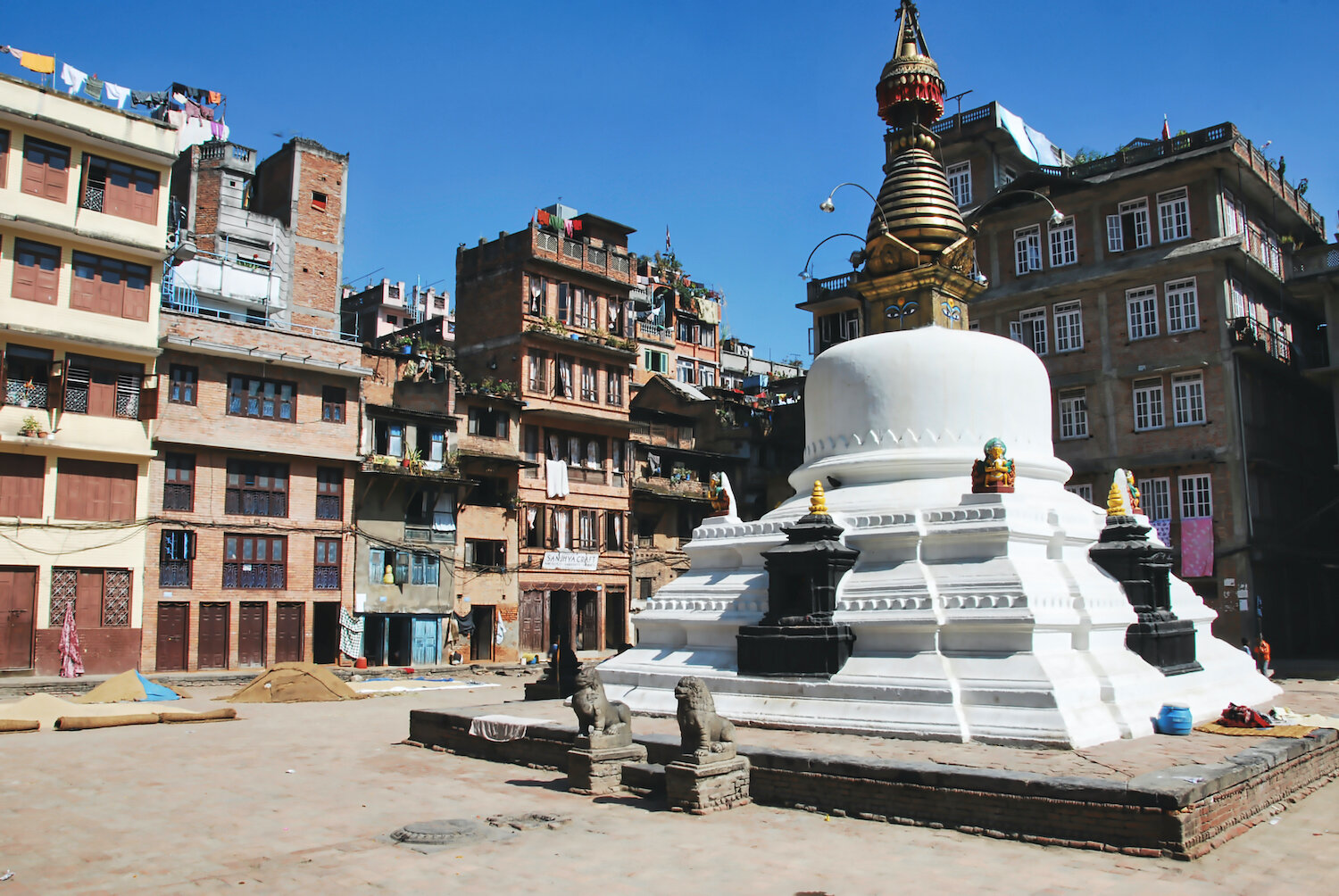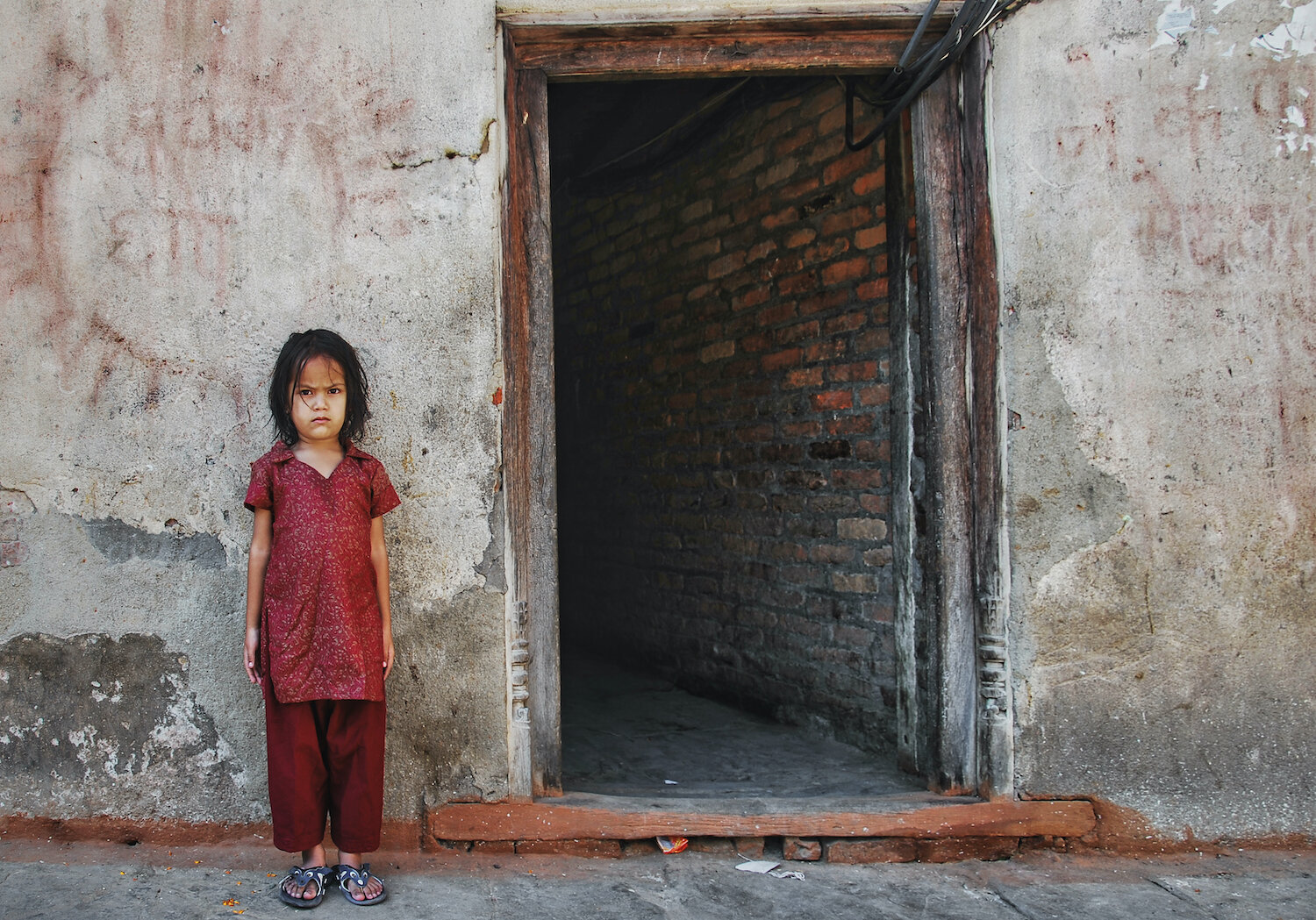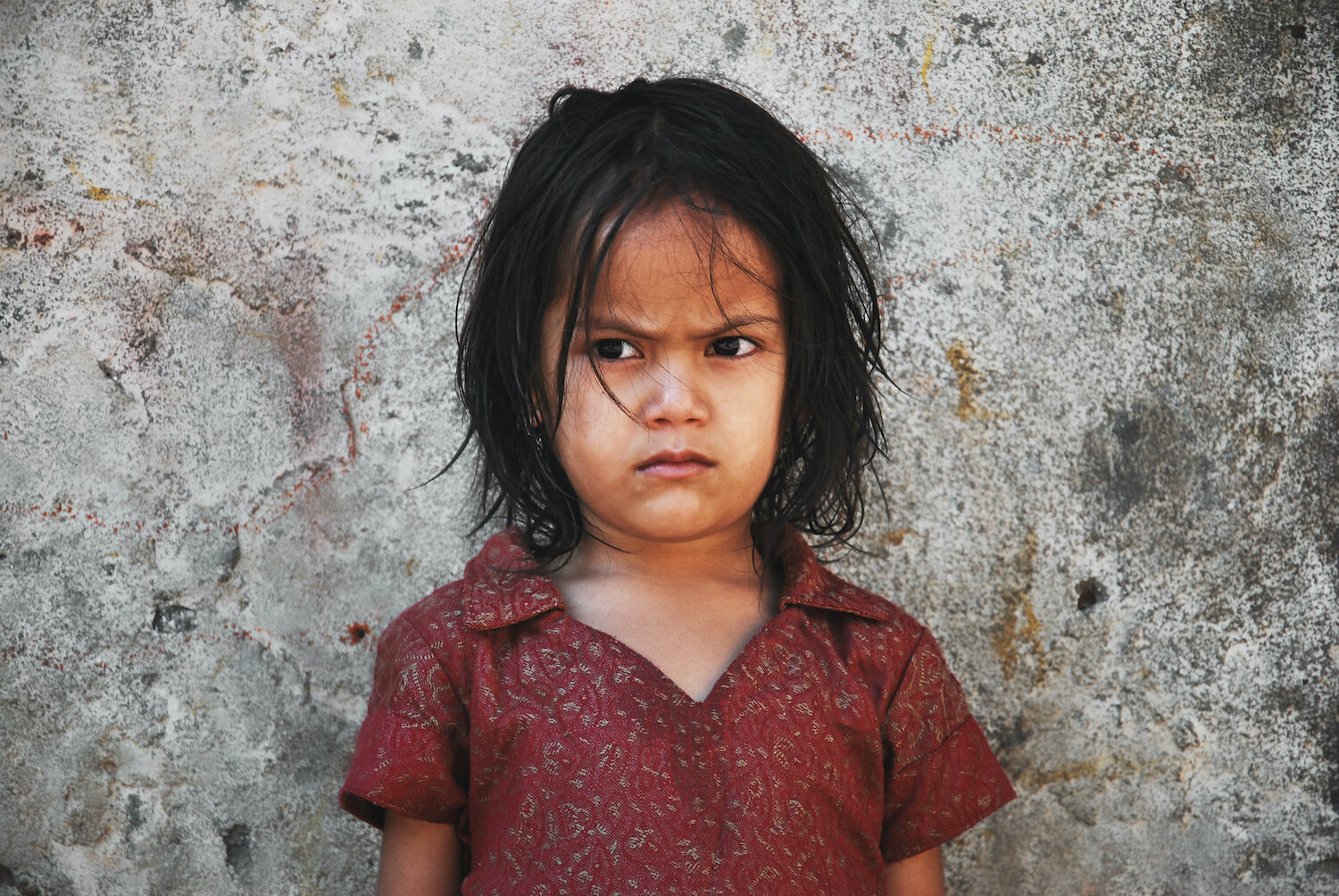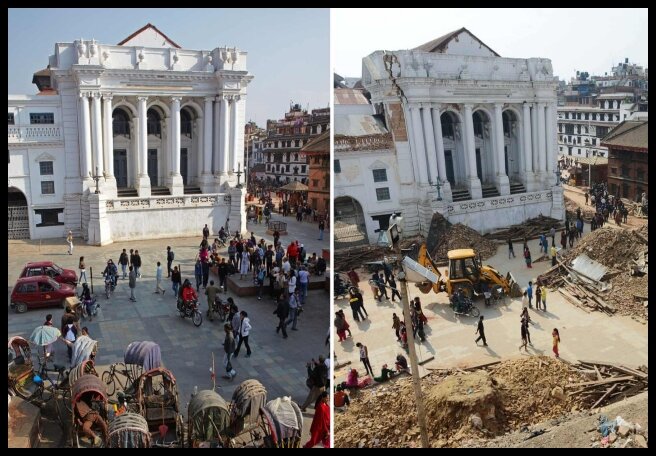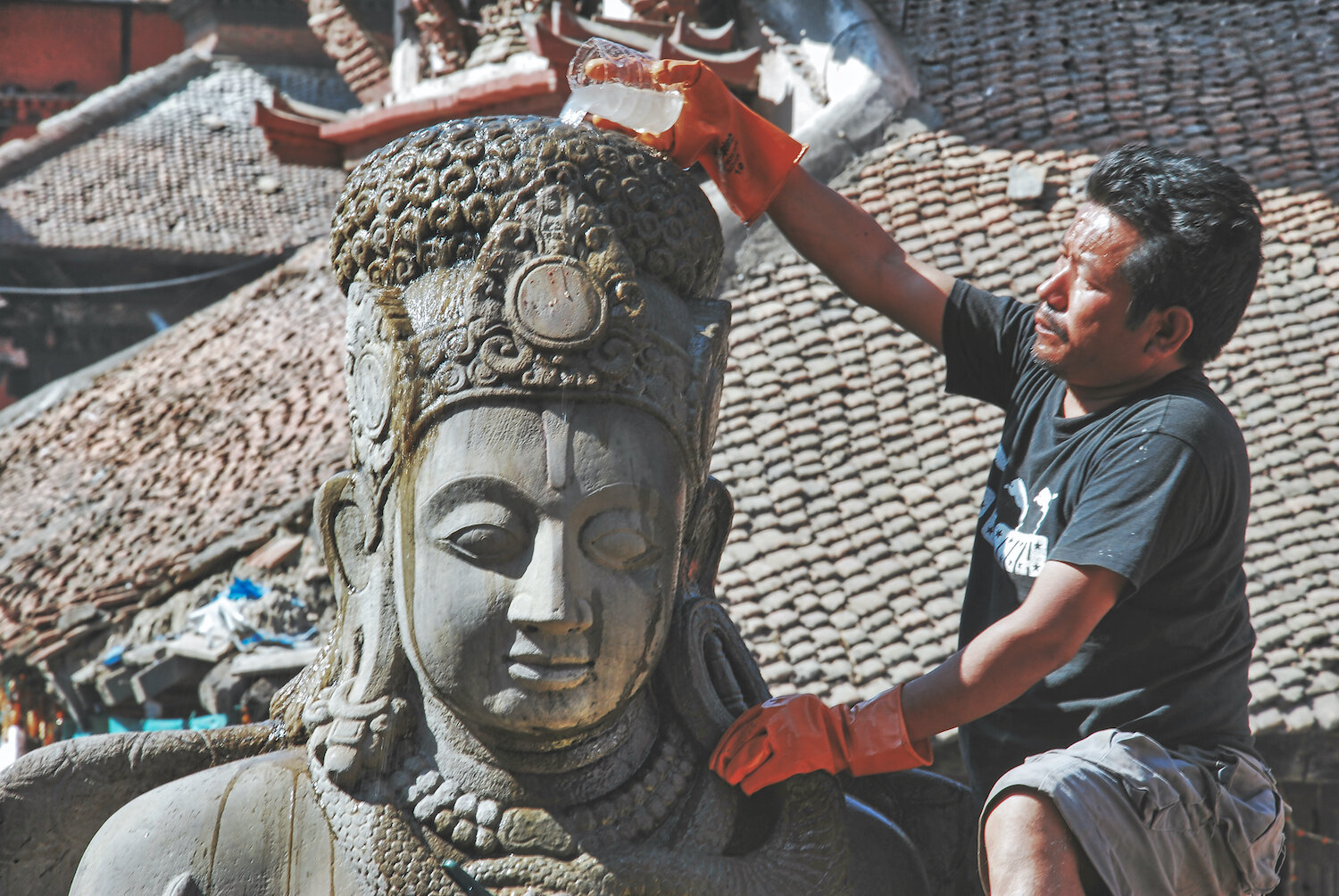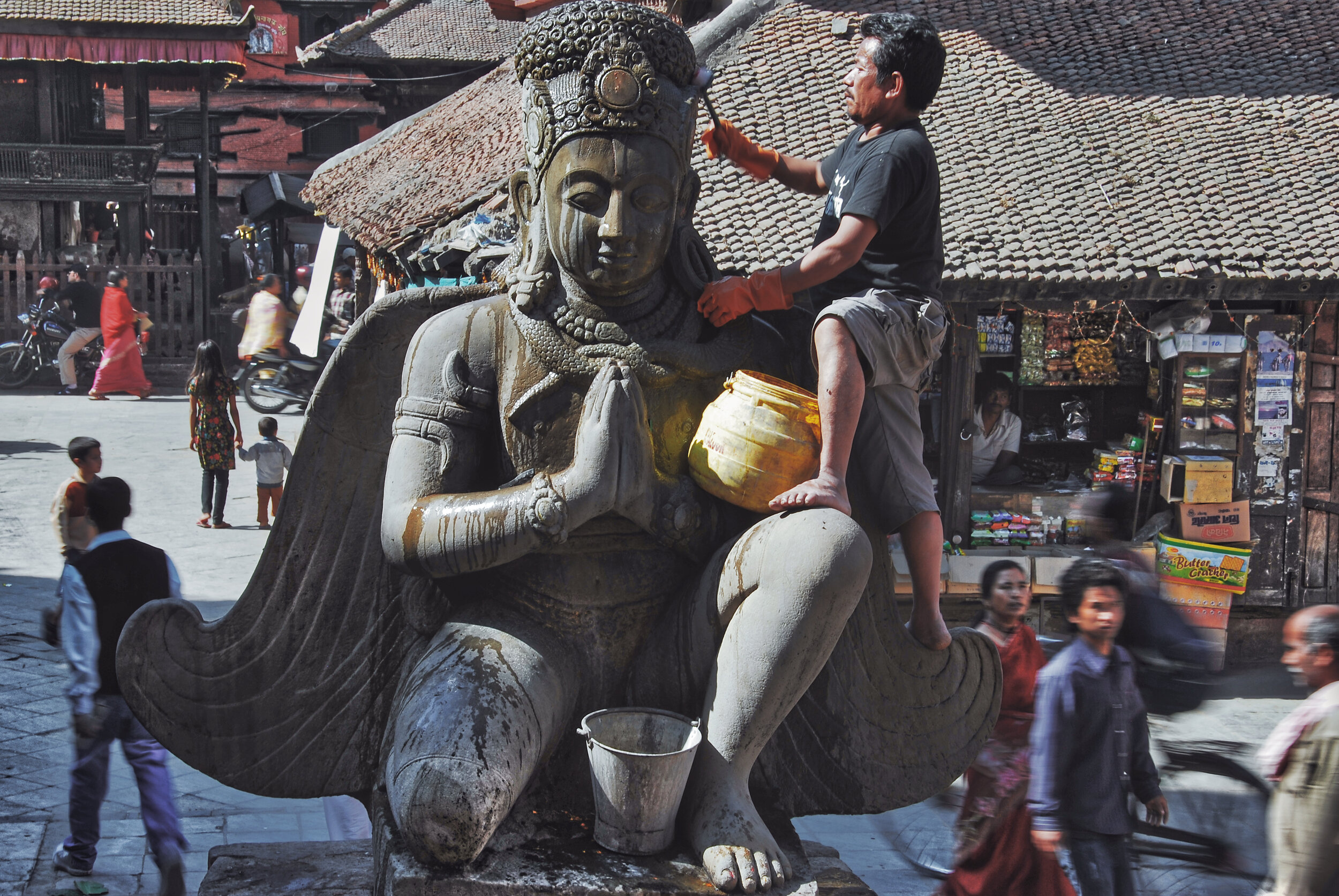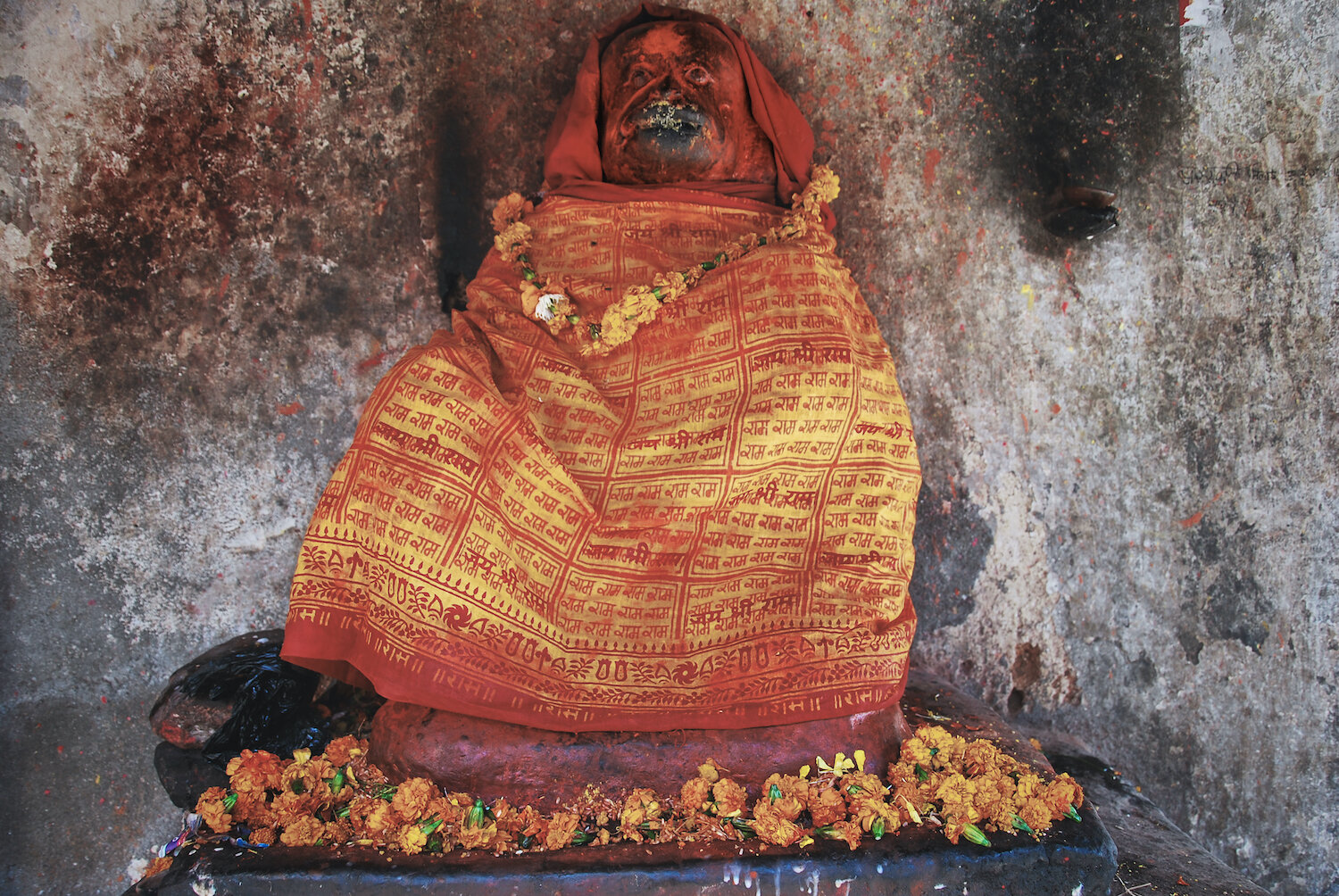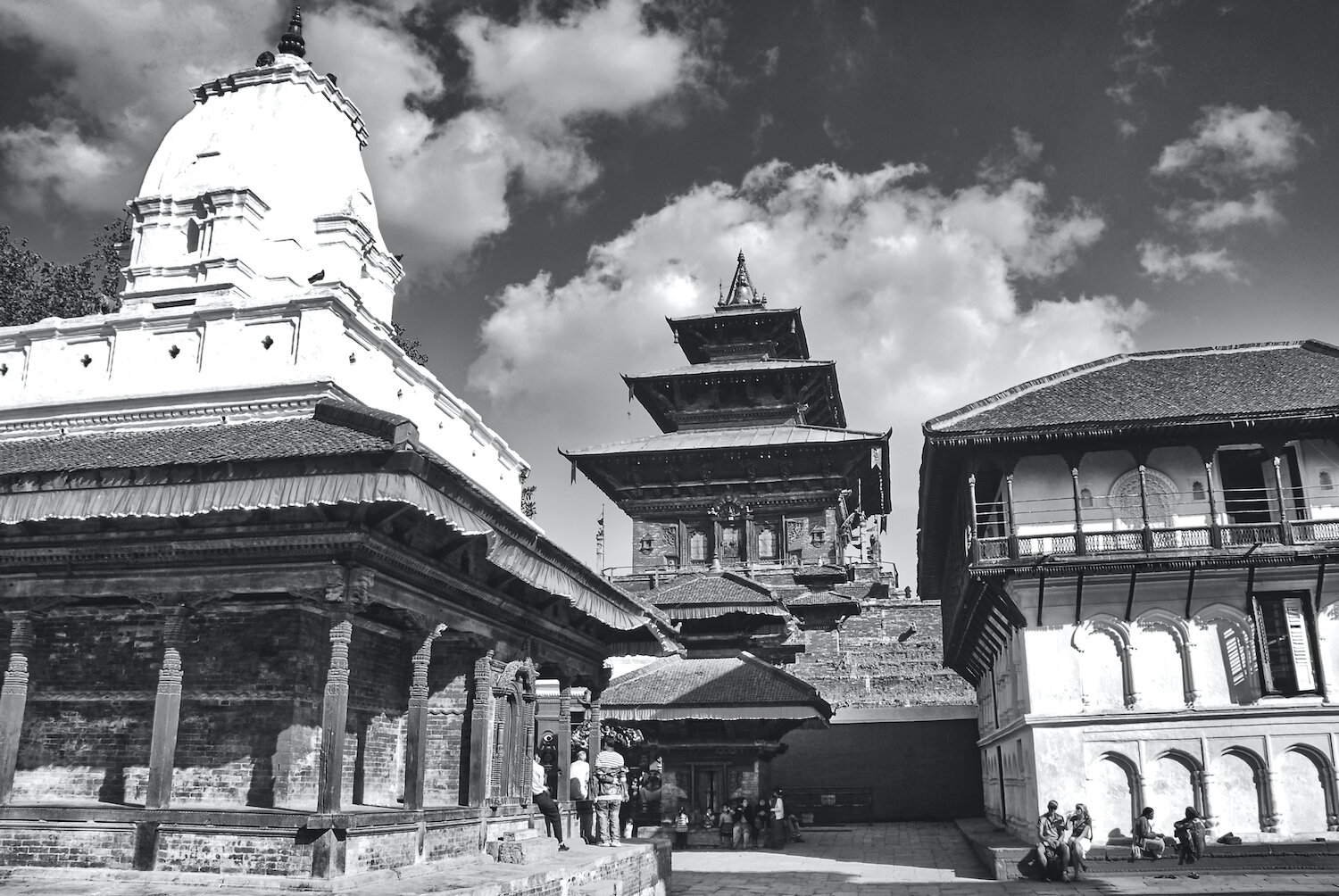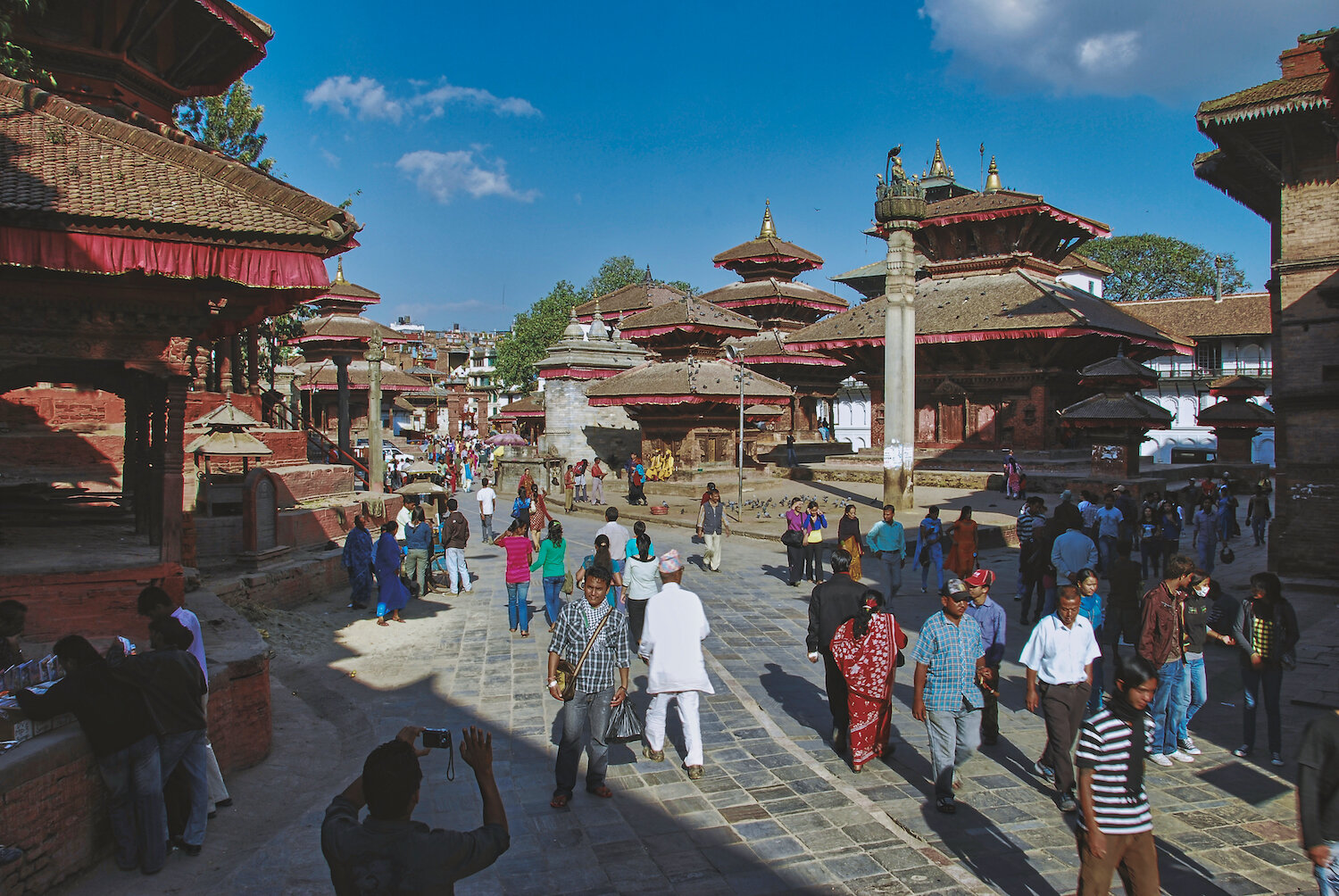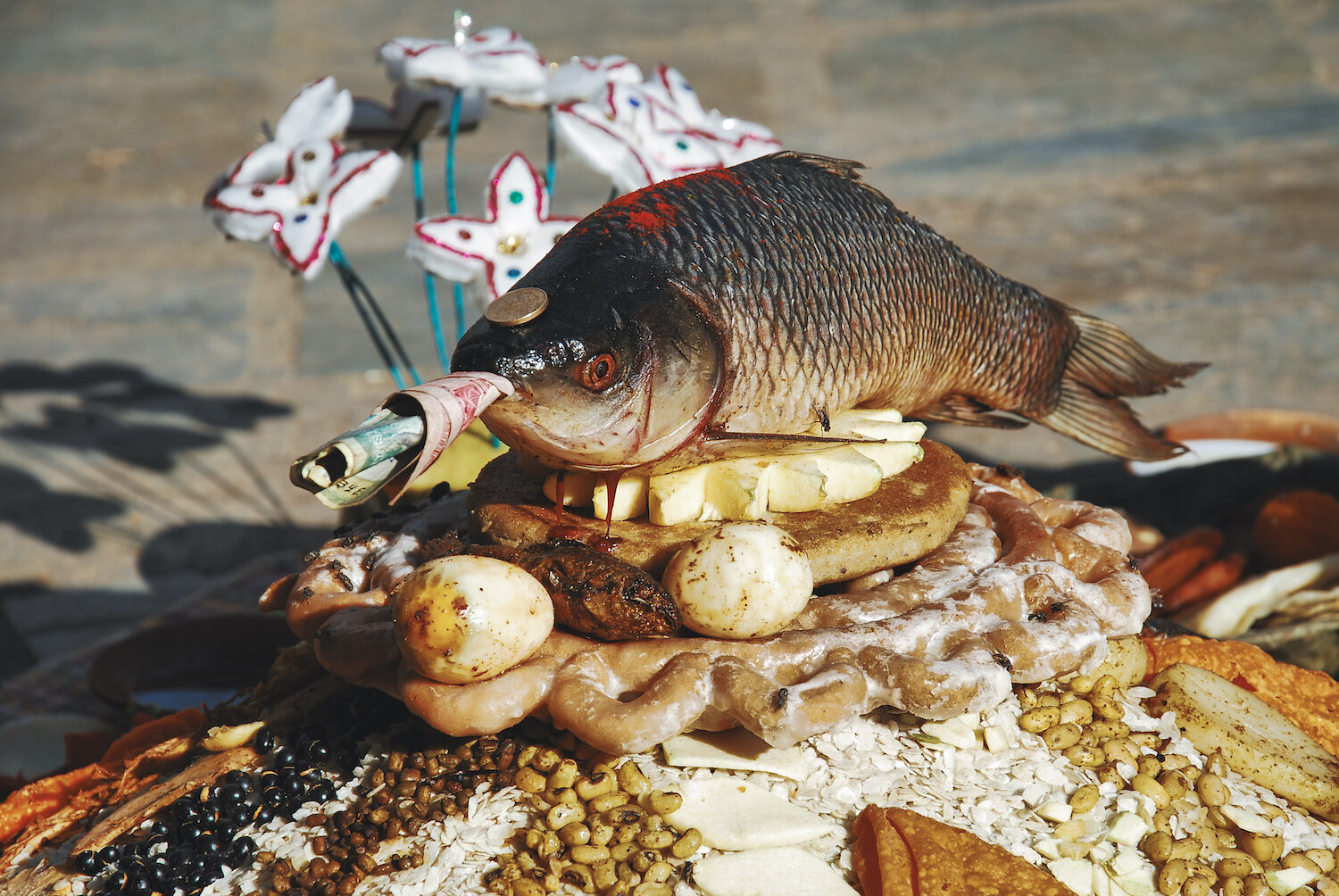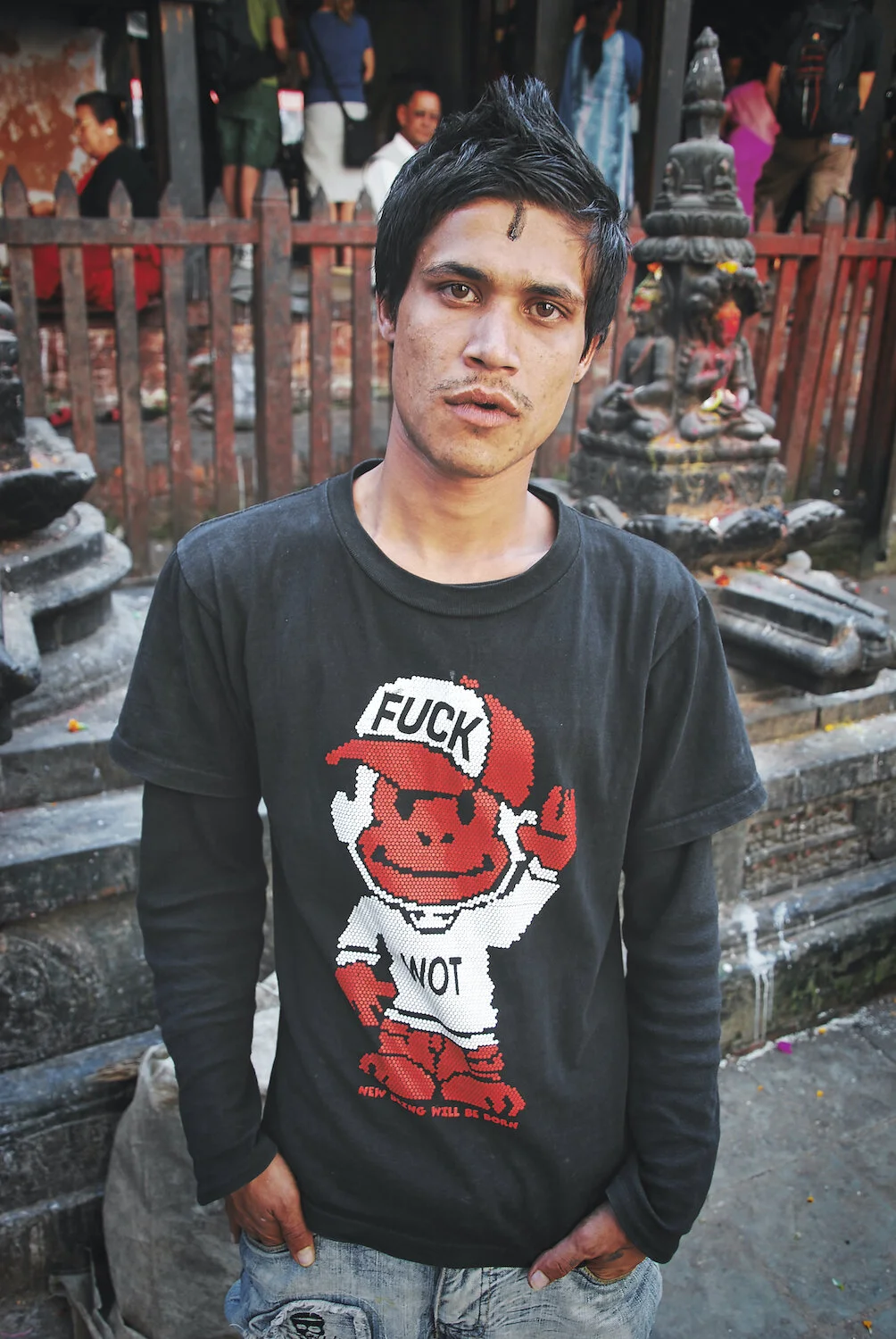89 - A Hope And A Prayer In Durbar Square (Kathmandu, Nepal)
THE NIGHT AFTER MY RETURN TO KATHMANDU, the rafting crew met for a group cocktail sendoff. We ran into Armid (our guide) and his friend, a fellow guide somehow more incomprehensible than Armid or Sonkor. (Sonkor was a UN interpreter in comparison.) He spoke. We nodded. Confusion reigned… again.
Armid suggested a change of venue away from the glitz and glitter of Thamel. We were happy to oblige. Intoxication did little to improve his language skills. We gleaned from tidbits he was something of a singer, and we might be on our way to a live performance of a band with him in the lead. Negative ghost rider. Karaoke time… sort of.
Nepali music is, let’s say, unique. To my virgin ears, it all seemed similar—one long song receiving constant airtime on television and radio. The format is near universal, a male-female duo with a repeated back and forth dynamic. A high-pitched woman’s voice akin to a lovesick cat getting smashed in the ass layered with a man rebounding from a heroin-induced stupor. That may sound pejorative, but I can’t say I disliked it. In short bursts, there’s a hypnotic quality, an allure beyond dismissal.
Armid took us to his favorite hangout, a distinctly male vibe. Local women work in such places (waitstaff and performers) but cultural norms discourage similar cavorting. Instead of stock music stored on a computer with a TV for follow along, it was a staff of musicians and singers operating synthesized instruments and providing vocals. Fill out a slip. Wait your turn. Participants come prepared, memorizing words and beats beforehand. (This feeds my single-track theory.)
You haven’t lived until you’ve spent a night watching sloshed Nepali males sing and dance their hearts out. It was an ebb and flow of energy ending only between songs, long songs. Rum and coke facilitated hypnosis. The dwarf helped. (Or is it little person these days?) A minute Nepali woman with a near soprano voice provided the lion’s share of supporting vocals. And why not? We sat. We watched. We drank. We engaged in communal spasmodic outbursts. It was grand.
Slight awkwardness infected the evening when the bill came. Armid and friends were liberal with drink orders. I doubt they had intention or ability to settle their tab. Had I not funded the discrepancy, things could’ve gone ugly. Were we taken advantage of? Yes, but I deemed it a small price for the cultural exposure. My comrades didn’t share my perspective. Young travelers on a shoestring budget? I get it. Still, we were relative millionaires. I didn’t think absorbing the cost as part of an extended tour led by Armid to be an outrage. Then again, who the hell am I, really?
Down time. I had a shit ton. This was a feature, not a bug. Between writing up recent experiences and researching follow-on excursions, I spent as much energy on “administrative” tasks as I did living the dream, requiring a vast reservoir of patience and fortitude. Prowling Thamel’s corridors days on end in search of sustenance, information, and supplies can dampen the spirits of the most enthusiastic globetrotters. Still, if you have hours to spare, I can’t recommend the dilly-dally approach enough.
Given the transient nature of tourism, it’s saying something when street hawkers recognize you on sight. And you know you’re getting comfy when you suggest marketing strategies to the more extortionist gear vendors. The longer I lingered, the less forgiving I became with traffic aberrations. Incorrigible young males on motorbikes relished tearing ass down narrow alleys, stopping only if not doing so would ensure a collision. It irked me. It irked me, big time. I fantasized about clotheslining transgressors with a trekking pole. And four-wheeled offenders? Fill balloons with chicken shit and decorate their windshields. Harsh? Yep, but I saw too many close calls to stem my vehement disapproval.
Tourists were an eclectic bunch. Shall I combine the various personas into a Franken-tourist mad creation? Yes, yes I shall. This monstrosity would wear a brand new Gortex boot (left), a river sandal (right), counterfeit Coolmax socks, zip-off leg windproof pajama-like Capri pants with a pair of nylon North Face shorts pulled over, a kick-ass fanny pack with hidden zipper, a polypro shirt, a hurricane-proof jacket, a yak wool mini-purse around the shoulder, a funky multi-colored “look at me, I’m in Nepal” hat, and a super sleek space-age backpack with enough room for a yeti toddler. It would have a tattoo of a Garuda or some other mythical beast, likely sport dreadlocks, and have one or more body parts pierced. Gear would include a camera worth more than my life with a zoom lens powerful enough to see Saturn’s moons. It would also have no idea how to use it.
The commercialized nuthouse that is Thamel was getting to me. It was time to branch out, so I began extensive strolling, stopping at a modest stupa tucked away at the end of an alley (Kaathe Swyambhu Shree Gha Chaitya) before meandering through Durbar Square, the city’s traditional center. UNESCO designated the area a World Heritage Monument in 1979, a place where kings were crowned, legitimized, and from where they administered the kingdom (Hanuman Palace) until the official residence was relocated. It’s an ideal place to loiter on the terraced steps of a temple and watch life unfold…
… or at least it was. The 2015 earthquake caused extensive damage throughout Kathmandu and beyond, demolishing ancient structures in and around Durbar Square. The repair and rebuild efforts are ongoing. Progress is slow but steady.
Kathmandu, Nepal, before and after the earthquake – in pictures
Wed 29 Apr 2015 09.46 EDT
Many of the capital’s landmark buildings and temples, some in world heritage sites, were badly damaged in Saturday’s earthquake…READ MORE.
Quake-hit Kathmandu rises from the wreckage – in pictures
Mon 8 Jun 2020 05.30 EDT
Five years after the Nepal earthquake many buildings still lie in ruins. But homeowners and conservationists are working to overcome… READ MORE.
After watching and photographing a man handwash a Garuda statute far longer than would be considered normal, I hired a local guide for insight. Context and history will only enhance your Durbar experience. We began our walking tour outside the Kumari Bahal (House of the Living Goddess).
Hinduism is a hodgepodge of gods and goddesses. Keeping up is hard to do as some deities have multiple incarnations. Vishnu (the preserver of the universe in Hindu lore) has a thousand names and appears in ten different forms: swan, fish, tortoise, boar, half-man/half-lion, a badass dwarf (little person), a lad named Rama who helped the monkey god (Hanuman) rescue his wife from an evil king, a jovial and fun-loving cowherd, Krishna the scion of the Sattwata race, and Kalki the destroyer. (The last one will usher in end times, so no one’s in a rush to see his smiling mug.) Avatars may vary depending on source.
Shiva is Hindu’s supreme being, the creator and destroyer. (Wait, two destroyers?) If you’re going to piss off a god, look elsewhere as his not-so-nice manifestations are terrifying in a vengeful psycho kind of way. Shiva has a consort (wife, hoochie mama, etc.) named Parvati, the supreme goddess of “fertility, love, beauty, harmony, marriage, children, and devotion.” Sex formed the basis of their relationship with Parvati taking control under the sheets. She also has many forms to include Uma, Guari, Kali, or Durga. Kali is her grumpy face and takes center stage on the eighth day of Nepal’s most important festival, Dasain. Legions of ducks, goats, and buffaloes are sacrificed in Kali’s honor. I’ve read the national airline sacrifices a goat for every aircraft in its fleet.
In a distant mythical past, Taleju (another of Parvati’s personifications) made regular visits to the king for a friendly game of dice. (Any goddess who gambles and reigns supreme in the boudoir is aces in my book.) Her beauty was too much for the hornball monarch. Thus began the lustful advances. She wanted none of it and threatened to withdraw her protection from the valley and its people before softening her stance, promising many happy returns as a prepubescent girl to be worshiped (in the least lecherous way possible) by future generations. So, there’s been a Kumari living in a red brick three-story building across from the old palace in Durbar Square ever since. Like the Dalai Lama, the current incarnation must be plucked from the masses.
The onset of menses signifies the goddess's departure. Blood equals impurity. The search must begin anew. How does one qualify for Kumari-hood? It ain’t easy. Candidates must meet thirty-two physical requirements, some a tad bizarre. Besides the staples (perfect teeth, well-proportioned face and body, lack of blemishes or imperfections), she must have the feet and hands of a duck (a duck with hands?), chest of lion, thighs of a deer, neck like a conch shell, and the eyelashes of a cow. Her body should resemble a banyan tree with a round head and cone-shaped top. (I found these requirements in “Love and Death in Kathmandu: A Strange Tale of Murder” by Amy Willesee and Mark Whittaker.)
Possessing the required physical attributes is necessary but insufficient. After identification, they’re brought, one by one, into a darkened room decorated with one hundred and eight severed buffalo heads where men donning ghoulish masks dance around like lunatics. If the girl remains calm and collected, she’s in. If she screams, cries, and shits her pants, she’s out.
I was riveted, if not moderately disturbed, as I stood in the courtyard listening to my guide’s explanation. The girl is removed from her family and placed in the guardianship of caretakers designated for the job. The Kumari appears at a window on the third story between 9 a.m. and 11 a.m. No pictures allowed. She is treated as well as you might expect a goddess to be treated. Her feet may never touch the earth, and she only leaves the palace during the Indra Jatra festival. The transition back to mortal status ain’t so seamless. One day you’re a goddess, the next you’re a normal twelve-year-old girl subject to your parents’ whim. Many are embittered by the experience and wish Taleju had resided elsewhere.
I also visited the Kasthamandap (“wood pavilion”) temple from which Kathmandu acquired its name, thought to be constructed from a single tree in the 12th century. After the 2015 earthquake destroyed the building, excavations revealed a foundation dating to the 7th century. (Archeological silver lining?) Inside the temple was a wooden pole believed to possess healing properties. Rub three times and no more backache. Shimmy your way to the top and kiss neck pain goodbye. Pick an ailing body part and scrape. (I did.) On the northern side, is another small shrine, Ashok Binayak, dedicated to Ganesh, the elephant-headed god of prosperity and wisdom. Make an offering, ring the bells, and your upcoming journey will be a safe one. I witnessed women burning compact bundles of specially woven cotton outside, a gift for answered prayers.
Nearby sits a Hanuman statue. My guide mentioned, apropos of nothing, Han had taken a vow of celibacy. “No marriage, no sex, no hand practice.” I remember thinking they ought to adorn the statue with enormous blue balls. Just a suggestion. End tour.
******
Details. The unexpected. The seemingly insignificant. Without the mystery, the puzzle, how mundane it all would be. You walk Thamel’s narrow, frenetic hallways with the other robots. Expressions belie humanity. Artificial. Contrived. Programmed. And then, among the automatons, you spot a human face. Visual tractor beam, a glitch in the software. Tin Man finds a heart. A break from the mindless reverie. A smile. A reciprocation. All the world’s beauty… in those eyes. For a moment. For a moment, troubles and anxieties evaporate. And then it’s gone. And so is she. Turn? Chase her down? Confirm the telepathy? You see it too, right? No. To observe is to alter. To interfere is to contaminate. The subtle glow will shortly fade. And so it is. And so it must be?
Maybe so. Maybe so.
Or maybe it was never there—only in the mind.
******


